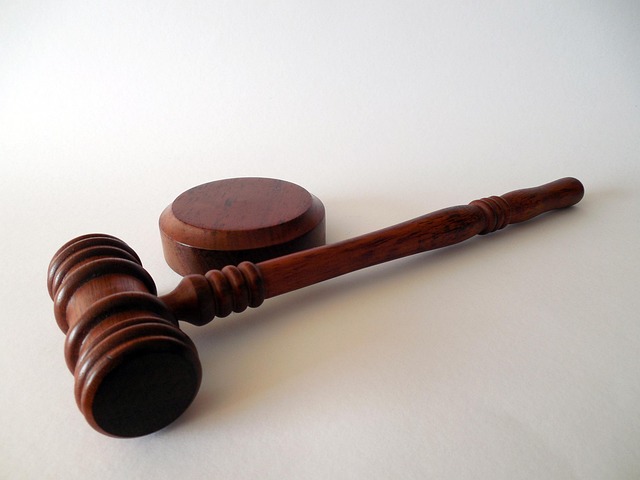Environmental Crime Trials tackle legal challenges linked to environmental degradation caused by criminal activities, with success relying on Understanding Exchange Regulation Compliance Requirements. This involves navigating complex laws from environmental protection statutes to international agreements, demanding proof of intent, causation, and direct environmental impact. High-profile trials have set precedents, impacting legislative reforms and public debate. Both prosecution and defense need this understanding for due diligence, documentation, and regulator communication. A strong compliance framework can lead to favorable verdicts and promote sustainable business practices. Recent trials highlight the importance of Understanding Exchange Regulation Compliance Requirements across various sectors and management levels, demonstrating that proactive compliance significantly reduces legal repercussions.
Environmental Crime Trials: Holding Offenders Accountable for Ecological Damage
As environmental degradation intensifies, so does the need for robust legal mechanisms. This article delves into Environmental Crime Trials—a crucial tool in combating ecological offenses. We explore the legal framework defining these trials and key components of Exchange Regulation Compliance essential for successful prosecution. Through real-world examples, we uncover lessons learned from high-profile cases, emphasizing the importance of understanding Exchange Regulation Compliance Requirements in safeguarding our planet.
- Defining Environmental Crime Trials: Unraveling the Legal Framework
- Key Components of Exchange Regulation Compliance for Environmental Cases
- Real-world Examples and Lessons Learned from High-profile Trials
Defining Environmental Crime Trials: Unraveling the Legal Framework

Environmental Crime Trials delve into the legal complexities surrounding environmental degradation caused by criminal acts. These trials encompass a range of offenses, from pollution and habitat destruction to illegal waste disposal and resource exploitation. Understanding Exchange Regulation Compliance Requirements is paramount here, as it involves navigating intricate laws designed to protect our natural resources and ecosystems.
The legal framework for these cases is multifaceted, drawing from environmental protection statutes, criminal codes, and international agreements. Prosecutors must demonstrate intent, causation, and the direct impact of the crime on the environment. Over the years, several high-profile trials have established precedents, offering both a challenge and a winning opportunity for defense attorneys aiming to protect the rights of those accused while also ensuring justice for environmental crimes. Across the country, these cases often spark public debate, engaging philanthropic and political communities in efforts to strengthen legislation and enforcement.
Key Components of Exchange Regulation Compliance for Environmental Cases

In environmental crime trials, understanding Exchange Regulation Compliance Requirements is paramount for both prosecution and defense. Key components include rigorous due diligence, comprehensive documentation, and adherence to strict reporting timelines. Companies must meticulously track their activities, maintain detailed records of environmental impact assessments, and ensure consistent communication with regulatory bodies throughout the process.
A winning challenging defense verdict in high-stakes cases often hinges on this robust compliance framework. Those with an unprecedented track record in navigating complex regulations demonstrate a commitment to not only meeting but exceeding legal expectations. Such a proactive approach not only mitigates risks but also fosters trust between industry players and environmental regulators, ultimately contributing to more sustainable business practices.
Real-world Examples and Lessons Learned from High-profile Trials

In recent years, several high-profile environmental crime trials have shed light on the importance of understanding and adhering to exchange regulation compliance requirements. These real-world examples range from multinational corporations accused of contaminating water sources to local businesses facing charges for improper waste disposal. One notable case involved a chemical company that, after being found guilty of releasing toxic substances into a nearby river, faced a complete dismissal of all charges if they could demonstrate significant efforts towards remediation and compliance with environmental regulations moving forward.
Through these trials, several key lessons have emerged. First, transparency and proactive compliance can significantly mitigate legal repercussions. Businesses that proactively identify and address non-compliance issues are less likely to face indictment or heavy penalties. Second, the onus of environmental responsibility rests not only with companies but also with their leadership, who must ensure that respective business practices align with regulatory standards. Avoiding indictment requires a holistic approach where every level of management is involved in upholding environmental integrity and ensuring long-term sustainability.
Environmental Crime Trials play a pivotal role in upholding ecological balance and ensuring corporate accountability. By examining real-world examples and understanding key components of Exchange Regulation Compliance, we can enhance our approach to these trials. Defining these legal frameworks and their implications is essential for navigating the complex landscape of environmental law. Through these insights, we gain valuable lessons that promote better practices and stronger outcomes in addressing environmental crimes, ultimately fostering a more sustainable future.






